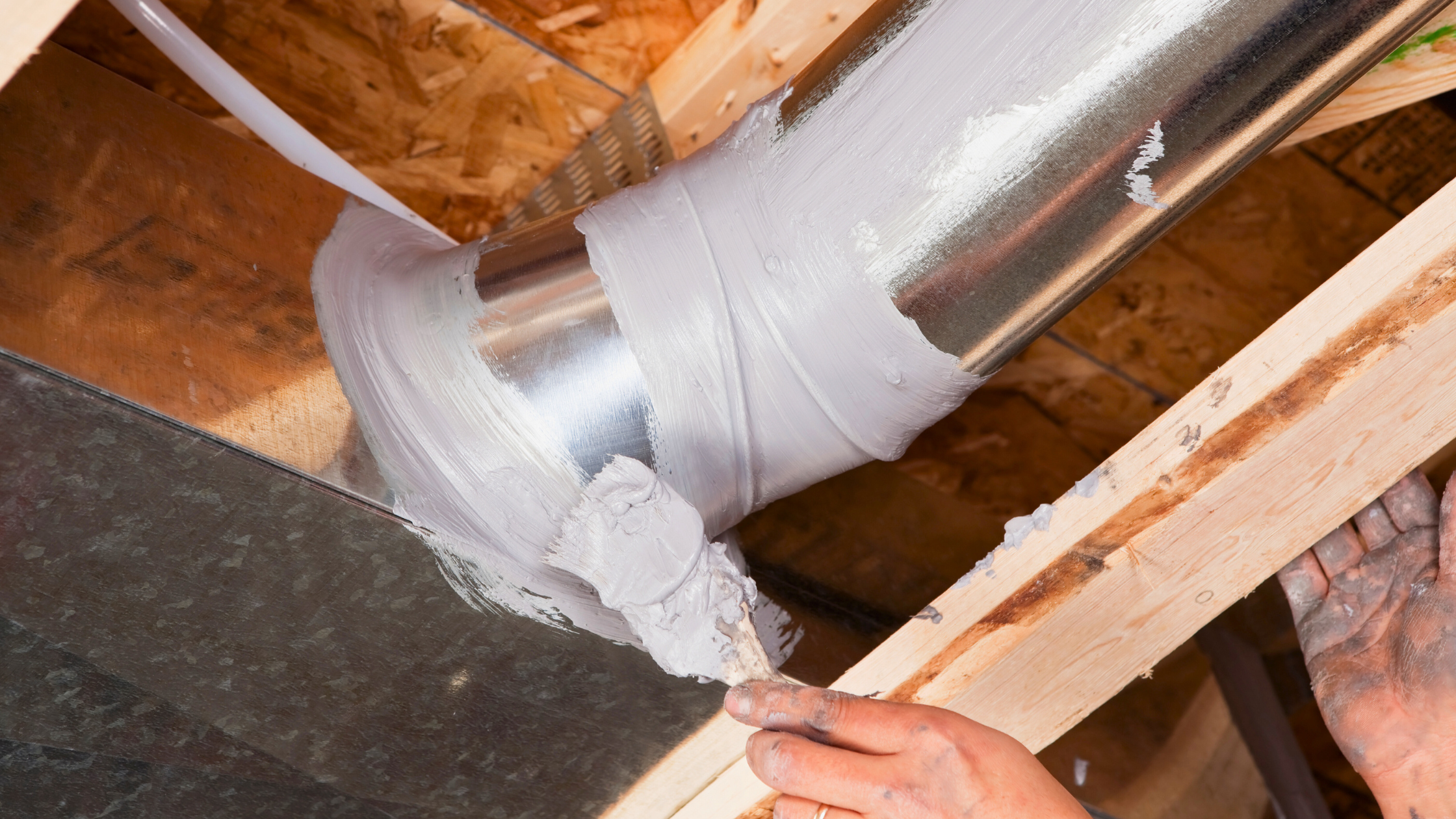Air leaks in your home can lead to energy waste, discomfort, and higher utility bills. Detecting and fixing these leaks is essential for improving energy efficiency and maintaining a comfortable indoor environment. In this guide, we’ll discuss practical methods on how to detect and fix air leaks in your home, helping you save money and reduce energy consumption.
To Detect Air Leaks:
Perform a Visual Inspection: Start by visually inspecting your home for potential air leaks. Look for gaps and cracks around windows, doors, baseboards, electrical outlets, and plumbing penetrations. Pay close attention to areas where different building materials meet, as these are common areas for air leaks to occur.
Use a Candle or Incense Stick: On a windy day, light a candle or incense stick and hold it near potential air leak locations. Watch for any flickering of the flame or movement of the smoke, as this indicates the presence of an air leak.
Conduct a Pressurization Test: Close all windows and doors in your home and turn off any combustion appliances. Use a blower door or simply a large fan to depressurize your home. Listen for whistling sounds or feel for drafts around potential leak locations.
To Fix Air Leaks:
Seal Gaps and Cracks: Use caulking or weatherstripping to seal gaps and cracks around windows, doors, and other openings. Silicone caulking works well for small gaps, while weatherstripping is ideal for sealing gaps around movable components such as doors and windows.
Insulate Electrical Outlets: Remove the cover plates from electrical outlets and switches and use foam gaskets to insulate the gaps between the outlet box and the wall. This prevents air from leaking through the electrical outlets and switches.
Install Door Sweeps and Weatherstripping: Install door sweeps on exterior doors to seal the gap between the bottom of the door and the threshold. Apply weatherstripping around the edges of doors and windows to create a tight seal when closed.
Seal Ductwork: Inspect your ductwork for leaks and seal any gaps or cracks using duct mastic or foil tape. Pay special attention to joints and connections, as these are common areas for air leaks to occur in ductwork.
Replace or Repair Damaged Seals: Check the seals around windows and doors for signs of damage or wear. Replace any damaged seals with new ones or repair them using silicone caulking or weatherstripping.
Additional Air Leak Tips:
Consider Installing Storm Windows and Doors: Storm windows and doors provide an additional layer of insulation and can help prevent air leaks in your home.
Use Window Insulation Film: Apply window insulation film to single-pane windows to improve insulation and reduce air leakage.
Schedule Professional Energy Audit: If you’re unsure where air leaks are occurring or how to fix them, consider scheduling a professional energy audit. A certified auditor can identify areas of energy loss in your home and recommend the most effective solutions.
Detecting and fixing air leaks in your home is a simple yet effective way to improve energy efficiency, reduce utility bills, and enhance indoor comfort. By following the steps outlined in this guide and taking proactive measures to seal gaps and cracks, you can enjoy a more comfortable and energy-efficient home.
If you want to explore additional energy-saving options with your HVAC equipment, don’t hesitate to contact our team and we’ll see what can be done.

